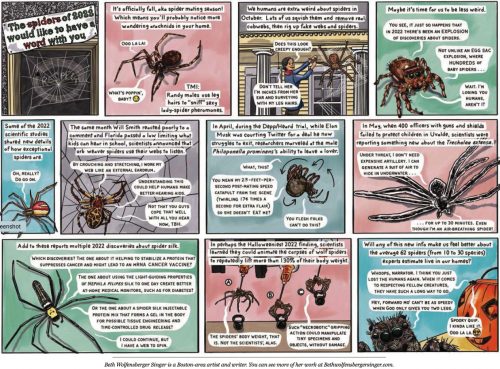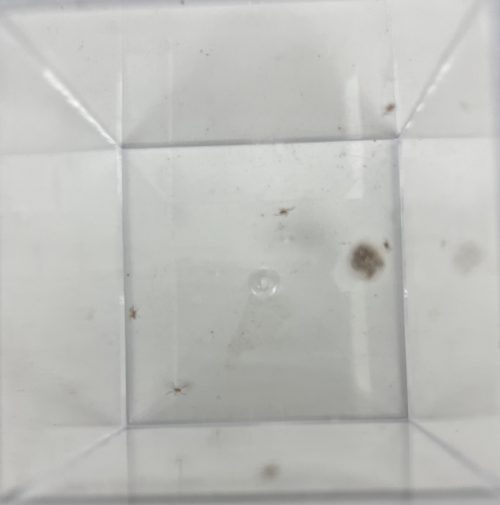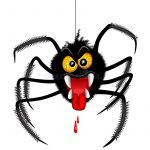After all, we can study spider evolution too, and it’s a notably branchy tree, especially compared to those loser primates who are in decline.
That last number, 62 spiders in 10-30 species living in our homes, is probably a very conservative estimate. That’s close to what I’ve seen in my cold northern home, and I know I’ve grossly undercounted everything.






